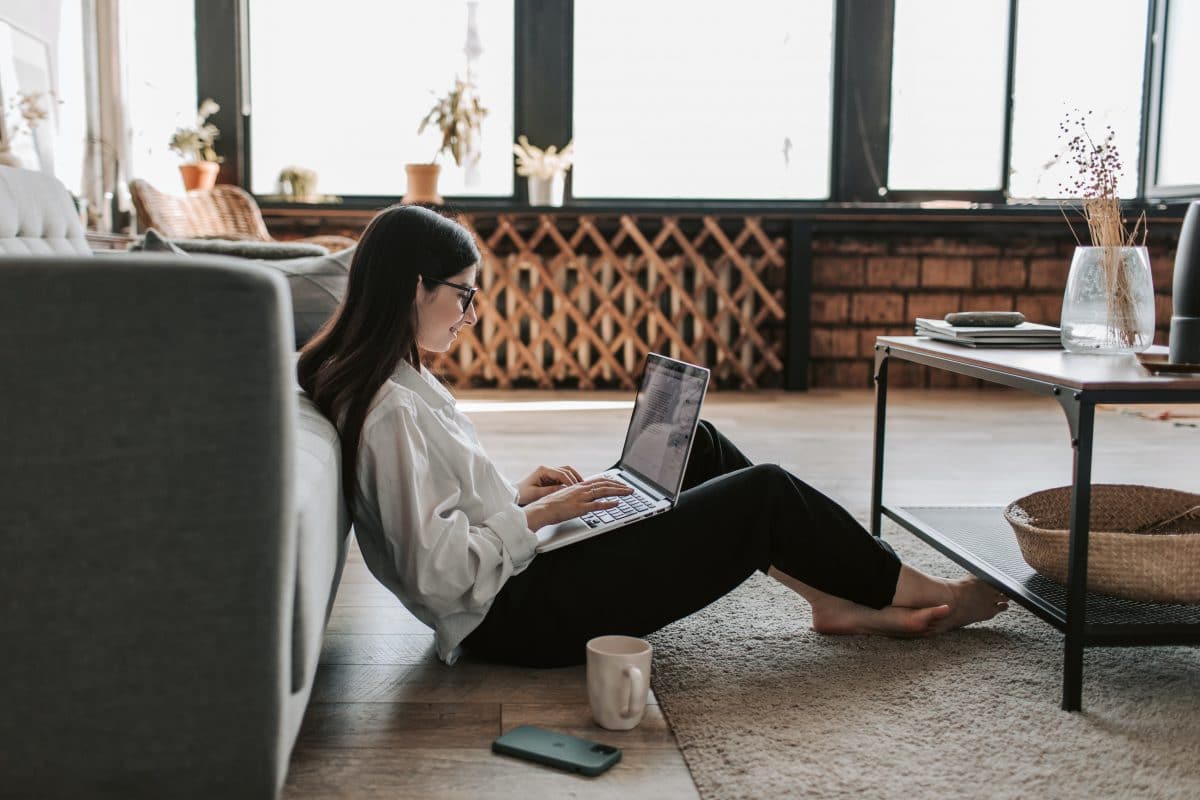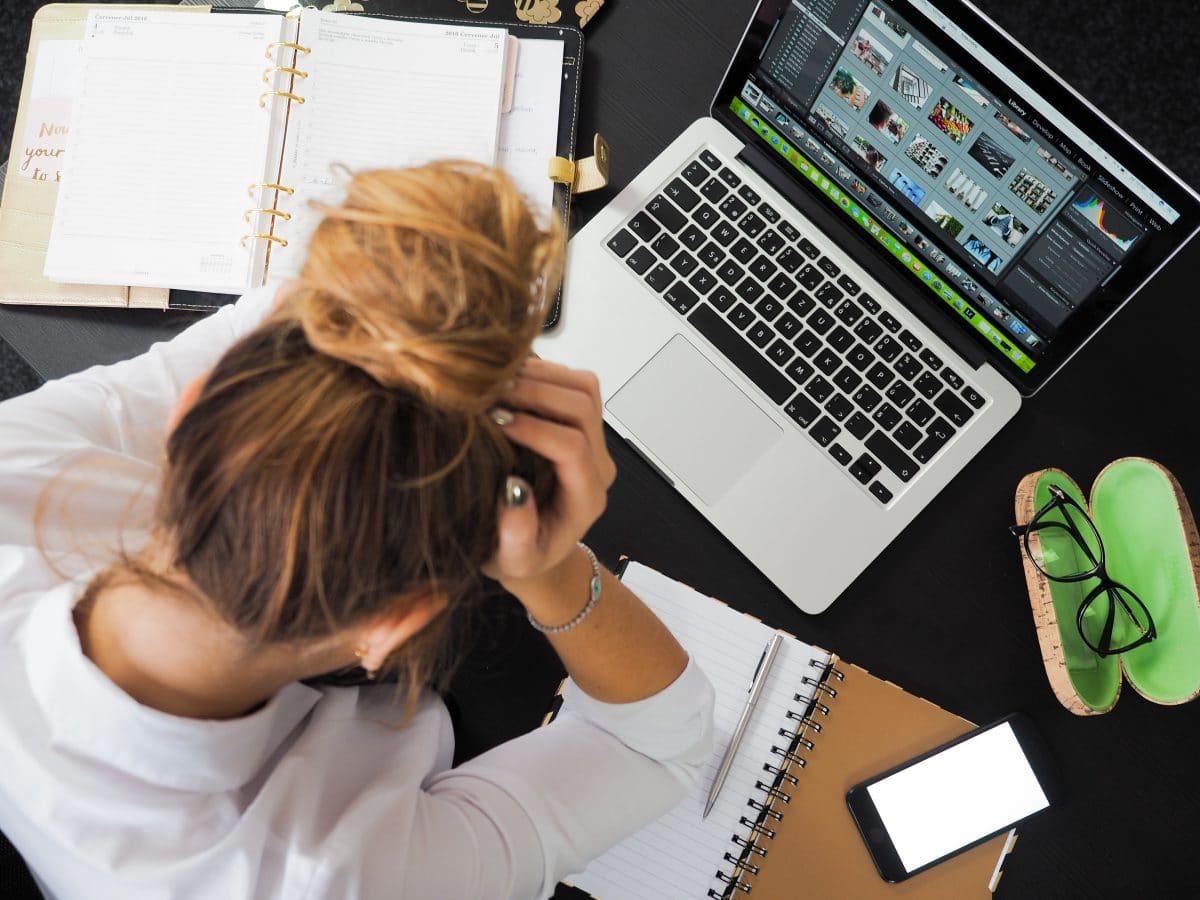Do You Have “Self-Isolation Pain Syndrome”?
April 30, 2020

It isn’t exactly an official diagnosis (okay, we made it up). But that doesn’t make it any less annoying.
Here are some of the issues you may experience during quarantine, plus how to get rid of the pain. If you’re anything like the rest of the world, your daily routine probably looks nothing like it did in January. Instead of going into the office, you’re working from the couch, catching up on your “honey do” list, homeschooling your kids, or simply watching Netflix. And if you’ve noticed a lot more soreness and pain over the last few weeks, you’re not alone. Staying home might lessen the spread of the coronavirus, but it can also be a (literal) pain. Those makeshift work spaces, home projects, and good old-fashioned anxiety can cause a number of painful conditions, from achy backs to muscle sprains. Sound familiar? You might have Self-Isolation Pain Syndrome. Self-Isolation Pain Syndrome isn’t a real diagnosis. But that doesn’t make it imaginary. Those tweaks, twinges, and tight muscles affect your life in a very real way. In this article, we’ll be taking a look at some of the more common causes of pain during quarantine, as well as how to prevent and treat it.Injured?
We Offer Same-Day Appointments
Poor Posture
One of the more common causes of back pain is one you probably don’t consider: poor posture! This is a widespread problem, but self-isolation only makes it worse. After all, when you’re working from your couch or bed, you tend to slouch a lot more than when you’re sitting at a desk. And bad posture isn’t just a matter of looking more confident, it drastically effects your health. By hunching over a keyboard, you put strain on your vertebrae, back muscles, and core. Lying on your belly to watch TV or read a book forces your neck into an unnatural position. Over time, you may even experience weakened muscles or restricted blood flow. If you can, set up an ergonomic workspace to use during quarantine. The best position is to sit upright with your feet on the floor and your thighs parallel to the floor (you can use a foot rest if necessary). Your monitor should be at eye-level and your elbows at a 90° angle.
Every so often, take a break and stretch to keep your body loose and limber.
If you can, set up an ergonomic workspace to use during quarantine. The best position is to sit upright with your feet on the floor and your thighs parallel to the floor (you can use a foot rest if necessary). Your monitor should be at eye-level and your elbows at a 90° angle.
Every so often, take a break and stretch to keep your body loose and limber.
Home Projects
When happens when you cross spring with a stay-at-home order? Lots of housework! It’s nice to finally have some extra time to devote to garden projects, home repairs, organizing, and redecorating, but you could also be putting yourself at risk of injury. After all, these are all activities that your body isn’t used to doing on a regular basis. First, exercise plenty of caution when approaching a new home project. Many of these types of activities involve power tools, ladders, chemicals, and other hazardous materials. Second, give your body a chance to warm up. Start off with some stretches and light movement to prevent you from pulling a muscle. Last, recruit help if you need it. Hospitals are overcrowded as it is; you wouldn’t want to add to their burden by coming in with a broken limb!Anxiety
When under large amounts of stress, your body interprets this as “we’re under attack!” It reacts by tensing up your muscles so that you’re ready to fight or escape. When the stressor (the thing causing the stress) goes away, your body can relax. But with chronic stress (such as a global pandemic), that stressor doesn’t go anywhere. Your body feels that stress and muscle tension day after (very long) day. Over time, this tension can transform into a physical condition, such as:
Over time, this tension can transform into a physical condition, such as:
- TMJ
- Headaches
- Trigger points
- Compressed nerves

